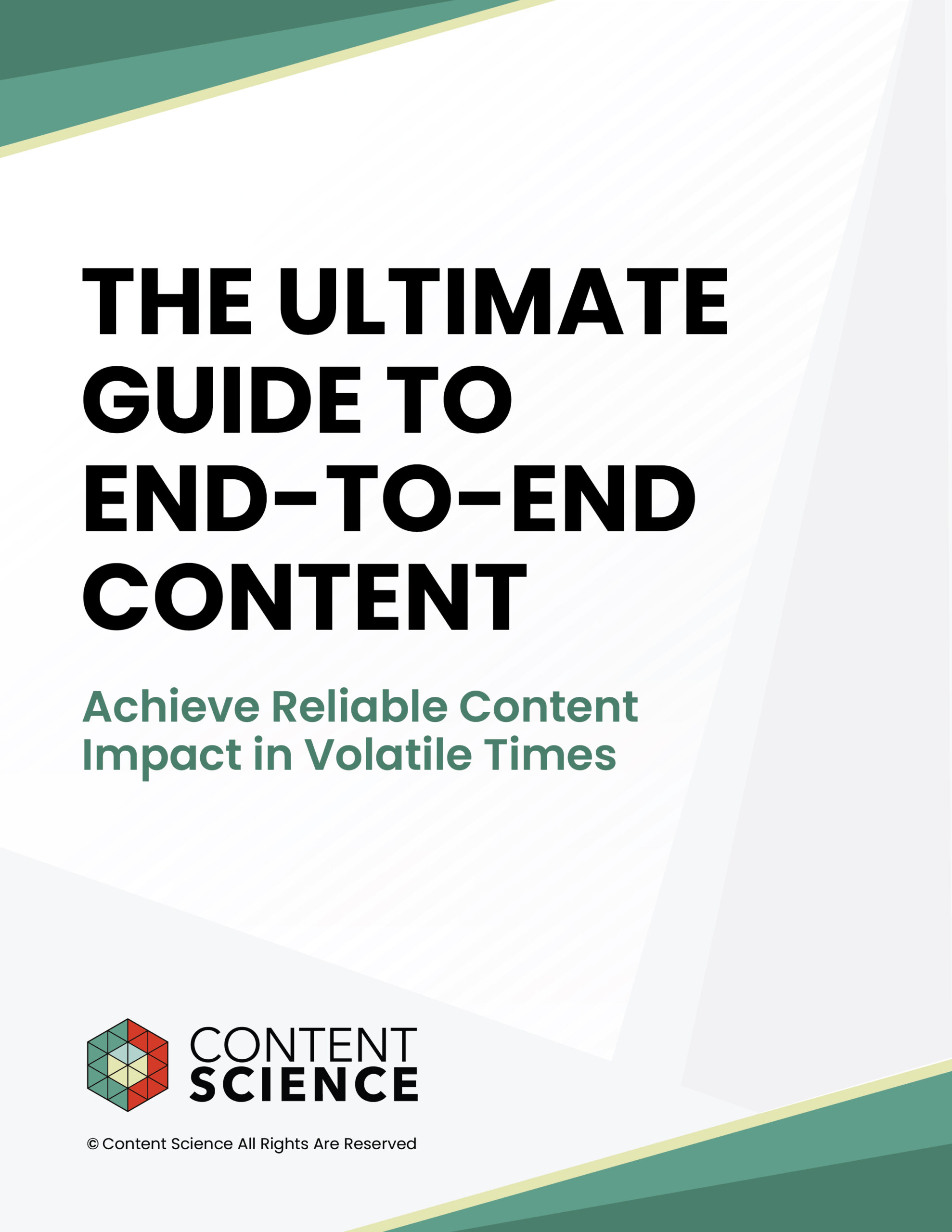
Social media is no longer just a way to reconnect with friends from middle school. Beyond sharing updates with friends and family, it has evolved into a powerful platform for brands, businesses, and even politics.
Social media also is a powerful tool for promoting content to increase its engagement and overall effectiveness. As you factor social media into your plans, consider this roundup of facts.
Social Media Consumption
The top social networking sites and apps worldwide are:
- YouTube
- TikTok
- Facebook Messenger
- Douyin
- Kuaishou
- Snapchat
- Telegram
- Twitter/X
- Quora
A typical social media user interacts with 6.6 social media platforms. — DemandSage
With different sites offering different reasons for use, there is no universal social media strategy when it comes to content. Market leader Facebook maintains the largest number of daily active users of any social media platform. However, each year, that margin shrinks as more platforms emerge and diversify their offerings.
As of October 2024, 5.22 billion people worldwide have at least one social media account – representing 63.8% of the global population. — Data Reportal
GWI’s research finds that younger people are more likely to say that Instagram is their “favourite” social media platform (at least in most Western markets), whereas older generations tend to prefer Facebook and WhatsApp. — GWI
The amount of time spent by adult users per social media platform per day is 53.8 minutes on TikTok, 48.7 minutes on YouTube, 34.1 minutes on Twitter, 33.1 minutes on Instagram, and 30.9 minutes on Facebook. — Statista
Video is the best way to use content to engage your audience, and with the rise of video-specific platforms like TikTok, publishing easy-to-find video content has never been easier.
66% of consumers say short-form video is the most engaging type of social media content. Consumers find short-form video to be 2.5x more engaging than long-form video. — Sprout Social
More than 54% of marketers say that video is the most valuable content type for achieving social media marketing goals. Yet video is also the most underutilized format across Facebook, Instagram and Twitter, comprising 14%, 11% and 5% of each network’s content respectively. — Sprout Social
The growing value of social media advertising and marketing spurs greater investment in reaching audiences through social media platforms. Relevancy is particularly important and can be achieved through modern methods like influencer marketing campaigns or artificial intelligence.
Using Promoted Content
According to a recent CMO survey, social media spending as a percent of marketing budgets took a slight dip (16.0%), but is expected to increase in the next 12 months (18.9%) and five years (24.3%).
US social network video ad spending will grow by 20.1% year over year in 2022 to $24.35 billion, making up over a third of total US social network ad spending. – eMarketer
In a survey, 16 percent of respondents aged between 35 and 44-years-old stated that generative artificial intelligence images created and/or shared by brands/advertisers were extremely appealing. Another 12 percent of respondents aged between 18 and 34-years-old stated that generative AI images are extremely appealing in social media advertising when created and/or shared by influencers. — Statista
“We expect these AIs to actually, over time, exist on our platforms, kind of in the same way that [user] accounts do. They’ll have bios and profile pictures and be able to generate and share content powered by AI on the platform.” — Connor Hayes, VP, Meta
Social media has also made celebrities, also known as influencers, out of everyday people, another powerful marketing tool. The influencer marketing industry stands at $21.1 billion as of December 2023.
The combination of social media and content is a fantastic way to engage new audiences. However, it’s vital to capitalize on this momentum by interacting with customers, especially if they message your business’s account.
Customer Interaction is Key
Of the most memorable brands on social media, 51% respond to messages or “DMs” sent by their audiences. Even responding to customer complaints on social media can help your brand, with one survey finding that 82% of respondents “liked or loved” that a brand responded to their complaint on Twitter/X.
“If a customer makes the effort to contact you by means of social media, they expect a response. Treat them well, and you’ll have their loyalty. If you ignore them, or treat them badly, you may find yourself dealing with a PR crisis … When angry consumers turn to social media to vent, current and potential customers are watching. They weigh up your response to the complaint and how you treat the customer along with other factors such as price and quality. If you mistreat the person complaining, your customers are likely to switch their allegiance to a competitor.” — Digital Marketing Institute
54% of marketers plan to use customer self-service tools on social media to scale social customer care. 50% plan to use social media management tools to streamline workflows and increase efficiency. 47% plan to use AI and automation to handle basic customer inquiries and tasks. — Sprout Social
Social media is inherently interactive. People will naturally turn to social channels to air grievances and reach out directly to brands. It’s crucial to have a plan to respond in a timely and appropriate fashion.
Social Media Storytelling
Success on social media comes down to influential content. To achieve this, social media marketers must not only meet their audience where they are, but with something that resonates with their life.
“When customers or followers share your content, they essentially introduce you to their own social networks. If they like your content, they might just become your new followers or fans. To make the most of social network advertising, promote content you already know is performing well with your core audience.” – Colleen Jones, Content Marketing for Social Media
Well-crafted content that’s relevant is the best way to gain the most impact — no matter the platform. Whether it’s those bored at work looking for entertainment, or content that pulls at emotional triggers, there is a psychology to what content works and why.
41% of U.S. shoppers ranked quality of images and product descriptions as a top-three reason when choosing where to shop. Consumers ranked content quality above product selection, search relevance, loyalty programs, and online Q&A features. – Salsify
Among Gen Z social media users, 73% consume stories on Snapchat, 70% on Instagram, and 34% on Facebook. Among millennial social media users, 53% consume stories on Snapchat, 58% on Instagram, and 48% on Facebook. — Statista
Post Frequency and Audience Matter
Not only is there a science to what platform you use and why, but also the right frequency between posts. Social media is different across industries, from healthcare to travel and hospitality to marketing and retail. All must find their voice and fill with relevant content to boost their brand.
In her book The Content Advantage Content Science Founder Colleen Jones writes:
“Echo is the social networking phenomenon of other people sharing or restating your message or content. When that happens, you don’t have to state it yourself so often.”
There are 4.95 billion social media users worldwide. Fortunately, you don’t have to reach all of them; you only need to connect with the right people to succeed at social media marketing.
“When you focus on the right people, not all people, creating and delivering relevant content for them becomes much easier. And your content will be much more likely to influence those people so you can achieve your goals,” says Jones.
Likewise, once you zero in on your target audience, you will develop insights into the best times to post content and how often to do so. Different social networks lend themselves to different cadences. Twitter/X’s stream is famously fast-moving, while the pace on Facebook, Instagram, and LinkedIn is slower.
Data compiled by CoSchedule indicates that Facebook posts perform best from Thursday to Sunday, while Wednesday is the strongest day for LinkedIn posts. Further, those studies suggest 9am, 12pm, and 4pm are prime times for B2C brands to post on Facebook, while Instagram, Pinterest, and Twitter users also tend to be active later into the evenings. But ultimately, the quality of the content you put out must stand on its own.
“As you expand your content marketing to social media, plan your cadence and posting. Factor in the pace of the social networks you’re using and your content marketing calendar and then manage your plan with a spreadsheet or other tool.” — Colleen Jones, Content Marketing for Social Media
Potential Pitfalls
In some senses, social media is taking the place of traditional journalism. With that, however, comes the inevitable risk. As we’ve moved away from news articles written by journalists who take pride in fact checking, to platforms that have little to no oversight on posted content, unverified claims abound.
Roughly a third of U.S. adults (30%) say they regularly get news from Facebook. A quarter of U.S. adults regularly get news from YouTube, while smaller shares get news from Twitter (12%), Instagram (16%), TikTok (14%) or Reddit (8%). Fewer Americans regularly get news from LinkedIn (5%), Snapchat (4%), Nextdoor (5%), WhatsApp (3%) or Twitch (1%). — Pew Research Center
Controversies such as data privacy and social media unfairly affecting political outcomes are top of mind. With the rise of the “fake news” phenomenon, truth and accuracy are no longer a given when it comes to sharing news stories – or really, any information – on social media.
According to a Pew Research study from January 2021, more than eight-in-ten U.S. adults (86 percent) said they get their news from a smartphone. It is easy to see why misinformation continues to spread. — Pew Research
23% of adults say they have shared a “fake news” story on social media, whether knowingly or not. — Pew Research
Using Twitter/X comes with even more risk than other platforms. Twitter/X’s decision to reduce employee headcount, monetize its verification system, and reduce controls on monitoring and eliminating hate speech have made it a significantly less attractive platform to publish content on.
The seven-day average of Tweets using the studied hate terms prior to Musk’s acquisition was never higher than 84 times per hour. However, on October 28 from midnight to noon (immediately following Musk’s acquisition), the studied hate speech was Tweeted some 4,778 times. — Montclair State University
X generated a little more than $600 million in advertising revenue in each of the first three quarters of the year, and is anticipating a similar performance in the current period, according to a person familiar with the numbers. That compares to more than $1 billion per quarter in 2022. — Fortune
Twitter/X has lost much of its appeal to advertisers due to its declining public image, loss of users, and changes to ad policies. While Twitter/X is still a viable platform for publishing content, Tweets and advertising on the platform have lost much of their ROI.
X will no longer allow advertisers to promote their accounts within the platform’s timeline to attract new followers. Follower objective ads represent a small portion of X’s overall ad revenue, but the company is cutting them at a time when reports suggest it’s lost a significant amount of ad revenue. — Axios
In September, global web traffic to twitter.com was down -14%, year-over-year, and traffic to the ads.twitter.com portal for advertisers was down -16.5%, according to Similarweb estimates. Performance on mobile was no better, down -17.8% year-over-year based on combined monthly active users for iOS and Android in the US.— SimilarWeb
Many companies are making the decision to find alternative platforms to substitute their Twitter/X content publishing and ad spending.
Alternative Social Media Platforms
Social media users are looking to substitute their Twitter/X usage, and many are turning to alternative social media platforms that often receive less traffic than platforms such as Facebook or TikTok.
Mastodon is unique amongst social media platforms. It is completely decentralized, comprised of thousands of user-owned servers, giving users the power and responsibility to moderate content published on the platform.
Previously, Mastodon’s monthly active user numbers had peaked at 2.5 million between the months of October and November, which was shortly after Elon Musk officially took ownership of Twitter. Before, Mastodon had been a much smaller network, with approximately 300,000 monthly active users, the founder had said. — TechCrunch
Meta’s rival to Twitter/X, Threads, experienced explosive initial growth thanks to the high demand for a Twitter/X alternative. However, its user base has since declined dramatically. Still, Threads may be a significant competitor to a weakened Twitter/X.
Threads reached 100 million users within the first five days of launch, the fastest app to reach that milestone. Active users have declined since then, dropping by about 75 percent. — BusinessofApps
Despite being invitation-only, the Twitter/X alternative Bluesky has achieved continuous, sustainable growth over the past year.
Bluesky, the company building a decentralized alternative to Twitter/X, announced today it has hit 2 million users — up by another million since September, despite remaining an invite-only app. — TechCrunch
Tumblr is an often overlooked platform with a deep-rooted community of users, despite a general decline in daily active users.
12.8 million blog posts are published every day on Tumblr making Tumblr the 10th most popular social media in the U.S. in terms of monthly active users. — DemandSage
Bottom Line
Social media is a powerful avenue to capture new audiences, engage existing customers, and broadcast your brand’s voice. However, one misstep can quickly go viral and rack up headlines for all the wrong reasons.
There are a plethora of pros and cons to advertising, marketing, and generally operating on social media. To capture the full potential of any social media platform and minimize the risks, a business must carefully strategize its approach and optimize its operations across all internal shareholders.
Events, Resources, + More
The Ultimate Guide to End-to-End Content
Discover why + how an end-to-end approach is critical in the age of AI with this comprehensive white paper.
The Content Advantage Book
The much-anticipated third edition of the highly rated book by Colleen Jones is available at book retailers worldwide. Learn more!
20 Signs of a Content Problem in a High-Stakes Initiative
Use this white paper to diagnose the problem so you can achieve the right solution faster.
Upskill with Content Science Academy
Training for modern content roles through on-demand certifications + courses or live workshops.






Comments
We invite you to share your perspective in a constructive way. To comment, please sign in or register. Our moderating team will review all comments and may edit them for clarity. Our team also may delete comments that are off-topic or disrespectful. All postings become the property of
Content Science Review.